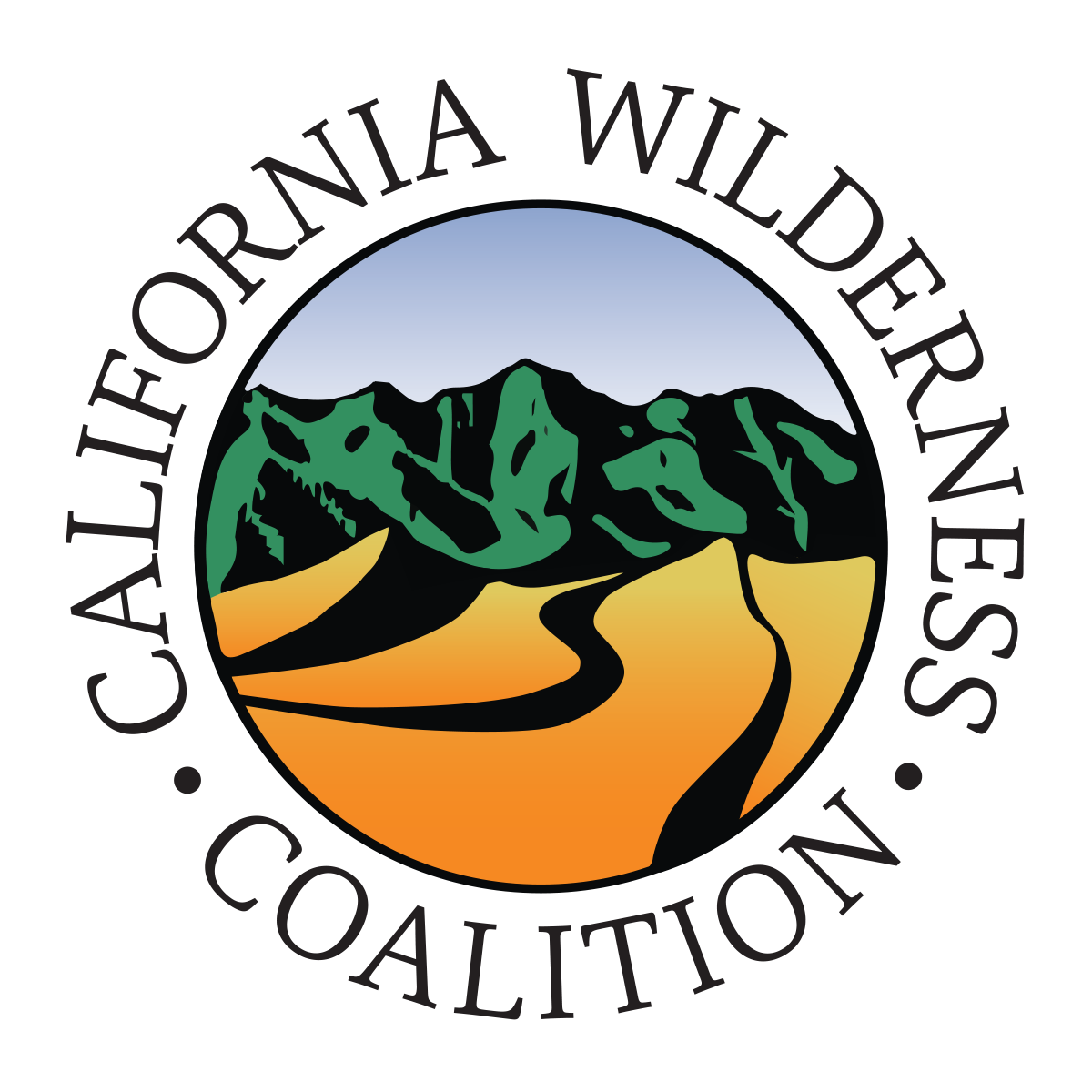There’s A Better Way for Wildfire in California
A roadmap to forest resiliency and wildfire risk reduction
photo: Al Golub
The time is now for state leaders to invest at a scale needed to meet the challenge of protecting our lives, communities, and natural landscapes.
Wildfires are a natural part of California’s landscape, but modern fires are getting larger, more severe, and more destructive. A record 4.3 million acres burned in 2020, and over the last four years, fires have killed 134 people, destroyed 44,000 structures, and polluted the air for millions.
A coalition of environmental groups and business associations are urging our leaders to act now to invest in our forests to protect ecosystems and save lives as fire impacts worsen and extreme weather conditions become more common because of the climate crisis. jobs.


We have solutions to restore healthy forests and protect communities.
Fire is a defining characteristic of California’s ecosystems that creates healthy, diverse forests filled with fire-resilient trees. But a century of putting out all fires and curtailing Indigenous cultural burning practices has degraded forest conditions and set us up for out-of-control fires.
- We must improve how we manage our forests, including by increasing the use of prescribed burning to reduce the severity of extreme fires, enhance our state’s rich native biodiversity, and protect our watersheds.
- We must protect communities with defensible space around homes and communities, improved emergency planning and notification, community resilience, and coordination between local and state government.
- We must make homes and buildings less vulnerable to wildfire through retrofitting and hardening.
Stable, sustainable funding is critical.
We need to sustainably fund fire-resilience projects in the coming fiscal year by building on existing partnerships and investing in new projects that will protect our forests and our communities.

















